Introduction to top 10 herbs to grow in hydroponics: Hydroponics is a soil-less growing method used at commercial or residential levels. Plants grow through these systems, which provide water and nutrients through a medium other than soil. The most common growing media are:
- Perlite
- Stonewool/Rockwool
- Peat moss
- Vermiculite
- Sand/gravel/sawdust
- Coconut coir
- Clay pellets
In Hydroponics, there are no barriers between the plant and its nutrients. It provides the roots with direct access to oxygen, water, and nutrients. The absence of soil also eliminates the need for harmful pesticides and chemicals. In addition, plant diseases and external elements are less likely to affect the plants.
Guide on top 10 herbs to grow in Hydroponics, top herbs to grow in Hydroponics and tips for growing herbs in Hydroponics
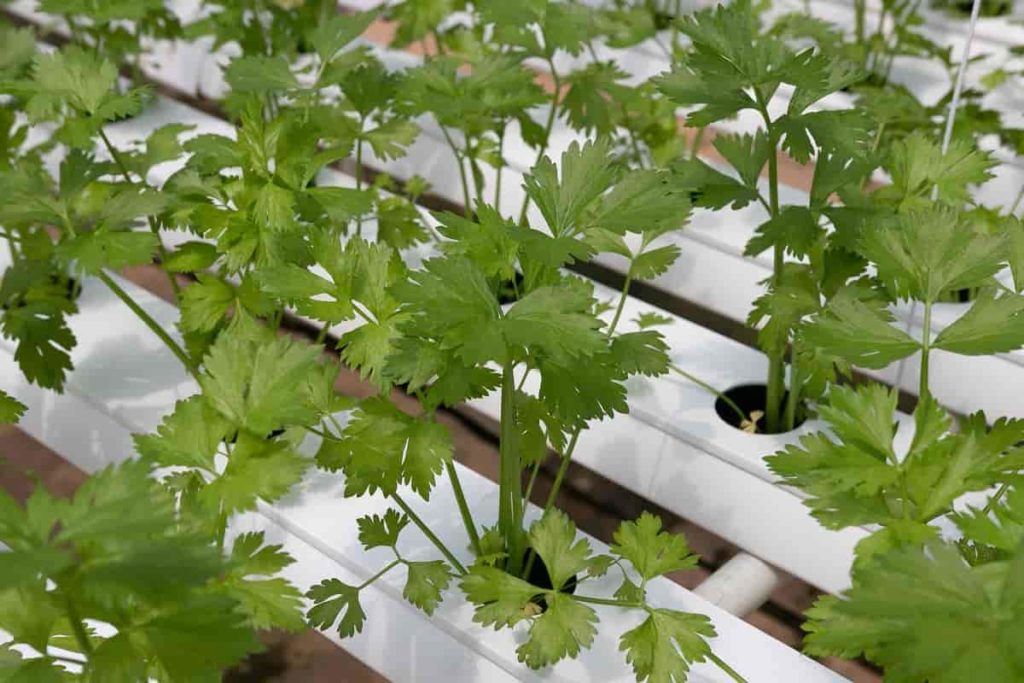
Types of hydroponic systems
Flow & Ebb Systems: Herb containers are kept separate from water tanks in Ebb & Flow systems. Instead, Herb containers will receive water and nutrients from a pump, which pulls water into them. Then, water will drain from the containers back into the main reservoir. pH is subsequently balanced, filtered, and nutrients are added.
Deep Water Systems: These systems are designed for beginners in Hydroponics. A small pump keeps this system’s water oxygenated and circulated, ideal for herb growth.
An Aeroponic System: Aeroponics systems provide maximum oxygen exposure to herb roots. In these systems, misting sprays ensure that roots don’t become waterlogged or oxygen-starved while providing them with the necessary water and nutrients.
Drip Systems: Drip systems will feed the herbs with water and nutrients in smaller amounts; a timer will keep the system on schedule and running regularly.
Top herbs to grow in Hydroponics
Basil: Fresh basil is an ideal herb for Hydroponics since it maintains a pleasing aroma and flavor when used. Dried basil loses both of these characteristics. As a result, Basil herbs are often grown in hydroponic systems in restaurants and greenhouses. The most common basil species include the following:
- Genovese Basil
- Thai Sweet Basil
- Sweet Basil
- Spicy Basil
- Lime Basil
- Purple Basil
- Lettuce Basil
- Lemon Basil
Basil can be planted by germinating seeds or planting cuttings, which form roots within a week. It’s best to keep the temperature of basil between 70 and 80 Fahrenheit since it is a warm-weather herb. When growing basil in Hydroponics, Rockwool blocks are the most popular medium. However, peat moss, coco coir, perlite, and vermiculite must be sterilized before use.
Rosemary: Evergreen needle-like leaves characterize this Mediterranean herb. Its flowers may be white, pink, purple, or even blue. You can use Rosemary to treat a wide range of problems, such as:
- Cough
- Toothache
- Loss of appetite
- Heartburn
- Low blood pressure
- Headache
- High blood pressure
- Insect repellent
- Digestion issues And More
In comparison to other herbs, Rosemary grows much slower hydroponically. Up to 12 weeks are required for harvesting seeds, and the yields are always modest. Hydroponically growing seeds is far more effective.
Mint: Mint is more than just an herb – it’s a way of thinking. For example, children in the past were divided into those who liked lemon-flavored popsicles and mint-flavored popsicles. In drinks, candies, sweets, jams, and, of course, salads and even salty dishes, mint is arguably the most appreciated and shared flavor. As a powerful herb, mint grows fast, is virtually disease-free, and needs only a little care to thrive. The mint plant has many properties that are good for your health, in addition to providing you with a fresh-smelling breath.
In case if you miss this: Top 30 Vegetables to Grow on the Terrace
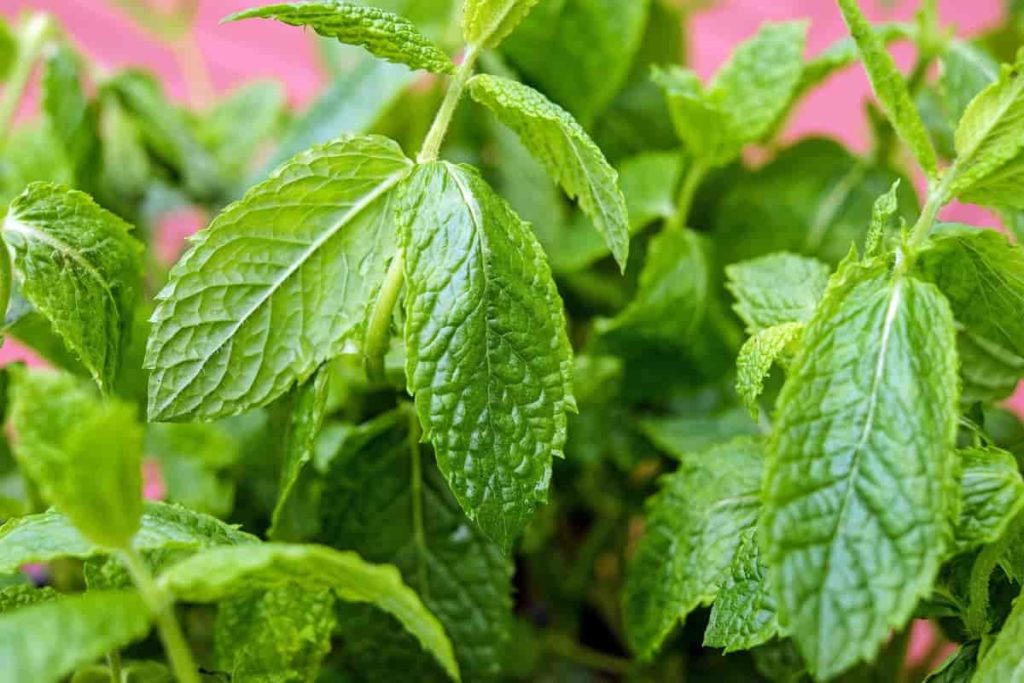
- Indigestion can be treated with it, as it aids digestion
- Anti-nausea properties prevent seasickness and plane sickness
- The drug also helps your brain work faster and more efficiently
- It is also used to treat IBS (irritable bowel syndrome)
- Breastfeeding mothers can use it to relieve pain
Dill: Herbs from the celery family, such as dill, grow annually. In your recipes, you can use fresh or dried dill. However, the stems are not included in fresh dill. Dill can be grown hydroponically quite quickly, and it thrives in this type of environment.
Sage: Sage mentions dryness, but you’ll be surprised at the idea. This plant can be grown hydroponically and in a short period as well. Herbs like this, with their velvety leaves and stiff stems, can be grown with roots nourished only by nutrient solutions.If you use this herb, which can be used fresh or dried, you can turn even the dullest casserole into a dish worthy of a king. In addition, the fruit is a significant source of essential oils and Vitamin A, Vitamin K, Beta-carotene, Folate, Phosphorus, Potassium, and Magnesium.
In case if you miss this: Eggplant Companion Plants, Planting Guide
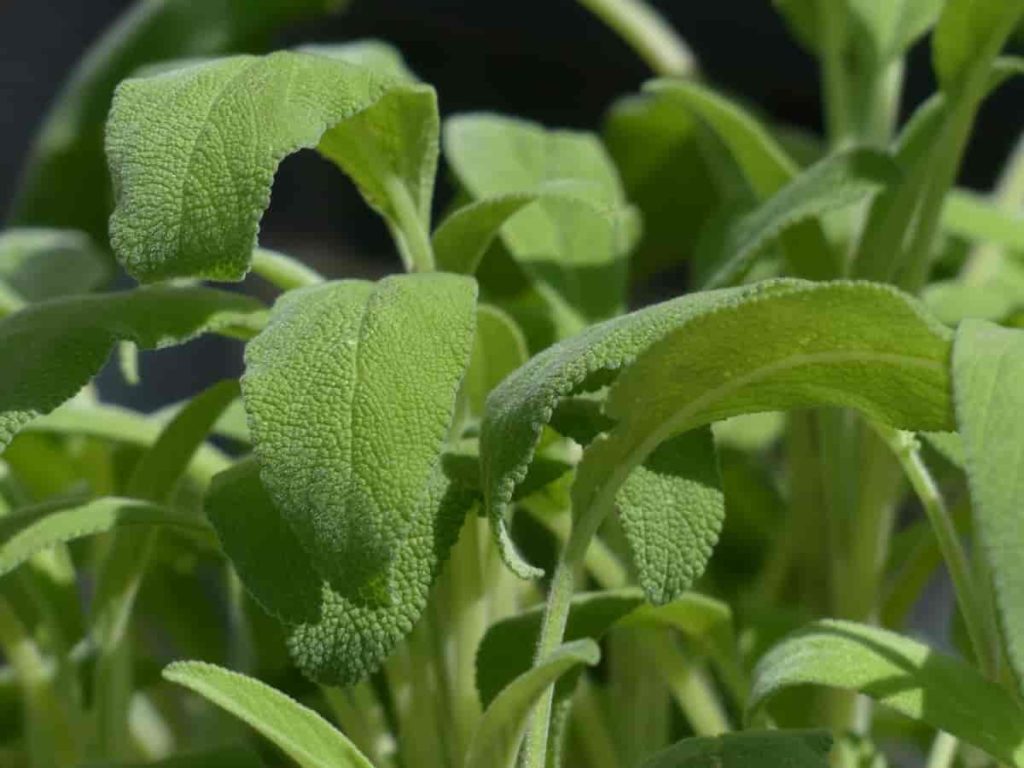
Oregano: Mint family member Oregano has been used for thousands of years for both cooking and medicine. For example, Oregano was used by the ancient Greeks to treat GI disorders, menstrual cramps, urinary tract infections, skin conditions, and dandruff. A pH range of 6.0 to 9.0 is ideal for hydroponically growing Oregano. However, for optimal results, the range should fall between 6.0 and 8.0. The seeds are typically germinated using Rockwool cubes, taking one to three weeks to germinate.
You can also use Oasis Root Cubes, Rapid Rooters, or Grodan Stonewool. Oregano is a slow-growing plant, and it can take up to eight weeks from planting to harvesting. Under lights, Oregano will be exposed to the same amount of sunlight as if it were grown outdoors. Plants should be spaced around 2 to 4 inches away from T5 tubes; these provide the best light and avoid drying or burning the leaves.
In case if you miss this: How to Start Leeks Gardening for Beginners
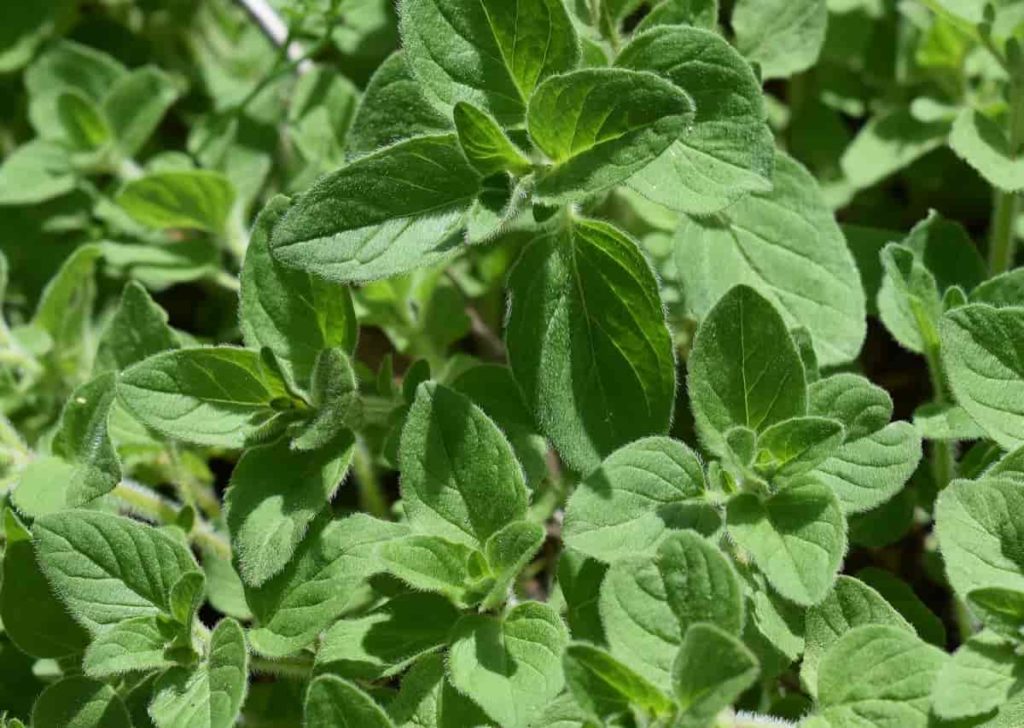
Watercress: It grows naturally in clean and fresh streams and creeks; watercress is a hydroponic herb that cannot be adapted to Hydroponics. Nevertheless, you can find this herb in many supermarkets nowadays on the salad shelves next to lettuce, and it has a tangy, peppery flavor. Even though watercress is cultivated widely in Europe and the U.S., most herbs we use come from the Mediterranean. Therefore, many consider it a “superfood” since vitamins A, C, vitamin K, and calcium.
Chives: There’s no doubt that chives are among the cutest and sweetest herbs. However, their flavor is almost onion-like, so they are probably underrated. Nevertheless, sauces and other dishes often use them, as they are not “invasive” herbs. They are also very productive in time and effort since they grow fast. Even though dried chives are feasible, fresh chives are an entirely different experience.
Lavender: Among the most precious plants Mother Nature has given us, Lavender is the queen of herbs. If you have ever walked in the countryside of Southern France, Italy, or Spain, you cannot have missed the beauty of lavender fields. But, if you look closer, you can see vast amounts of purple waves teeming with life.
Lavender is the best plant for feeding butterflies, bees, and bumblebees, among many others. Lavender’s smell will have them dancing and mixing their colors with its own, and some would say “spiritual” hue. We have been using this plant in food, soap, ceremonies, and medicine since the Pharos erected the temples in Ancient Egypt. In addition to its revival, Lavender has also entered the world of Hydroponics.
Anise: This herb is rarely heard of, but it tastes like licorice. It’s also sometimes referred to as aniseed. In addition to Anise, other herbs can also aid in digestion, gas, cramps, and more. Even though the licorice-like taste can annoy some, it is helpful for flavoring bread, sausages, cookies, and cakes. Anise seedlings are very delicate and hard to move, so they should germinate and grow in their containers without being moved. You may find that the seeds take up to 2 weeks to germinate.
In case if you miss this: Growing Vegetables In New Zealand – Calendar
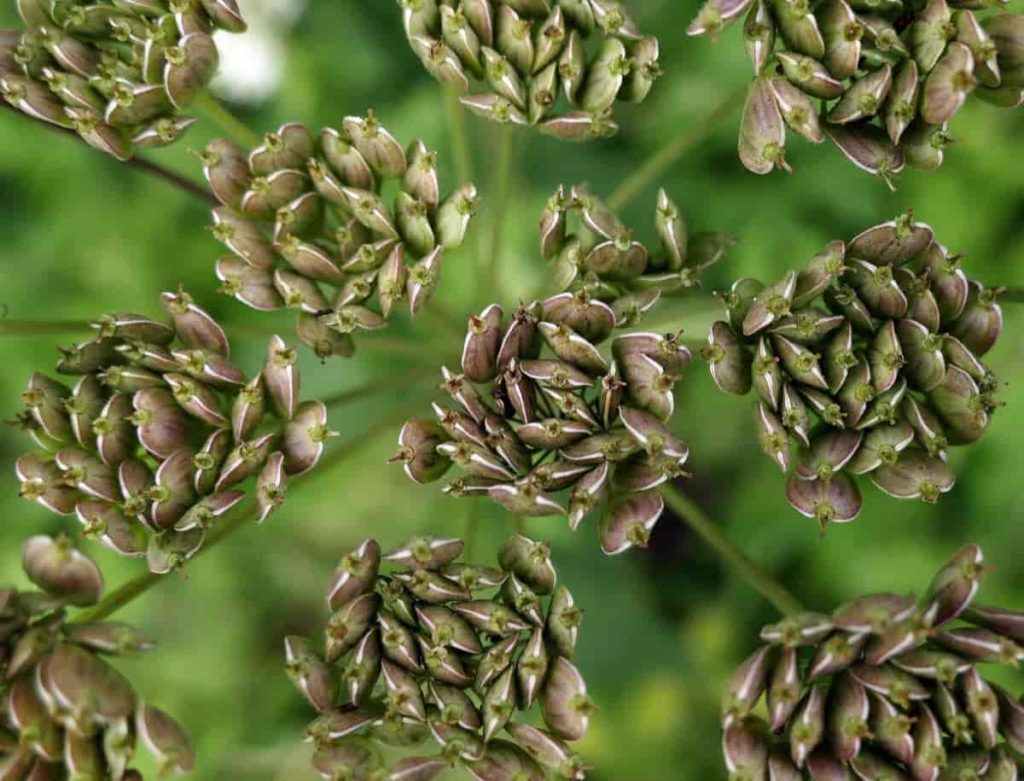
Keeping your pH between 5.5 and 6.5 is best. Reaching a pH between 6.0 and 6.5 is optimal for growth. When an oscillating fan gently stirs seedlings for a couple of hours each day, they benefit most. To harvest Anise, cut the plant as needed and place it in a protected place free of direct sunlight to dry. They can also be hung upside down. When the heads appear brown, they are ready to be harvested. Store them away from heat and light in an airtight container. Generally, Anise has a shelf life of up to one year.
Tips for growing herbs in Hydroponics
- Hydroponically growing parsley from seed is very easy; soak some Rockwool cubes in water, put them in a tray with some water in it, plant two seeds per square inch, and push them into the Rockwool. Place the tray in a sandwich bag or similar container and wait for the plants to germinate.
- Basil will keep for longer if you pick the top leaves, not the lower leaves; leave some buds under the point you cut, and it will branch off from there.
- Onions survive changes in temperature, even sudden ones. As a result, they are ideal for outdoor gardening as well. It is best to keep the room between 65˚ and 80˚ F, or 18˚ and 27˚ C.
- Mint prefers fresh air at night, but not cold; it thrives between 50 and 55oF, or ten and 13oC. The temperature ranges between 55˚ and 70˚ F, 13˚ and 21˚ C, during the daytime. If the temperature reaches 85° or 29° C, the plant will stop growing. It also likes humidity while rooting; keep it between 70 and 75% during this phase. It should be between 85 and 90% for mint plants grown from cuttings.
- Watercress can be propagated hydroponically easily. For example, if you take a stem cutting, place the lower part of the cutting in the nutrient solution, and it will grow roots within days.
- It grows outdoors in Oregano. Do you think it would take part shade or full sun? This plant prefers plenty of light. LED grow lights are set between 12 and 14 hours a day if you’re growing them indoors.
- In hot climates, Lavender thrives at temperatures above 65° F or 18° C. Of course, you can grow it in very high temperatures as well, but the quality of the plants is reduced, and the number of essential oils becomes diluted.
Commonly asked questions about herbs to grow in Hydroponics
1. What is the best hydroponic system for herbs?
Herbs will benefit most from the nutrient film technique. This hydroponics setup pumps and drains fertilizer to and from the plant trays using a pipe. In this way, the fertilized water flows over the roots without drowning them, as the trays are set up at an angle.
2. Is it possible to grow herbs in Hydroponics?
Temperatures between 65° and 70° F are ideal for hydroponic herb growing. Hydroponic systems are ideal for growing herbs since most are designed to provide both oxygen and water to the roots. Herbs aren’t fond of being wet all the time, so hydroponic systems are ideal for growing them.
3. What is the best way to grow herbs hydroponically?
- The wash and tape reservoir
- The spray paint tote
- Prepare the holes by drilling or cutting them
- Add water and the air-conditioning system
- Adding nutrients and pH
- Fill the growing medium with plants
- The finished product
4. What is the time it takes for basil to grow hydroponically?
In hydroponic systems, basil takes approximately 28-days to mature under optimal conditions. Among container and hydroponic crops, basil is popular because of its high value, ease of production, and quick harvest time.
5. Do herbs grown in Hydroponics taste good?
Hydroponic crops are no longer stigmatized as bland or “watered down,” as they used to be. Instead, crops grown in local hydroponic vertical farms are better tasting and safer than those grown in conventional farming.
- Asparagus Seed Germination and Variety Selection
- Seasonal Flower Gardening: Best Practices for Spring, Summer, Fall, and Winter
- How to Grow Hibiscus from Flower
- Plantation Ideas for Home Decoration: A Beginners Guide
- Flower Garden Designs and Layouts for Beginners
- Planting and Spacing Techniques in Papaya: A Beginner’s Guide
- Growing Gold: Essential Techniques for Planting Pineapples
- How to Make Kalanchoe Plant Bushy: Home Remedies and Solutions
- 11 Reasons Why Your Gardenia is Not Blooming: Home Remedies and Solutions
- Eco Elegance: The Guide to Designing a Drought-Tolerant Landscape
- Gardening on a Slope: Strategies for Hillside Landscaping
- Nourish and Flourish: Top Organic Mulches for Thriving House Plants
- Everything You Want to Know about Indian Mogra Flower: Discover Uses and Growing
- Green Thumb Success: Expert Tips for Cultivating Greenhouse Pumpkins All Year Round
- Maximize Growth & Flavor: The Ultimate Guide to Companion Planting in Herb Gardens
- How to Control Rhododendron Problems Naturally: Home Remedies and Organic Ways to Fix Them
- Natural Magic: The Remarkable Benefits of Cinnamon for Plants
- Best Steps to Revive Dying Tulip with Natural and Organic Treatment
- 10 Reasons Why Your Angel Trumpet is Not Blooming: Remedies and Treatment
- How to Fix Periwinkle Leaf and Flower-Related Problems: Natural Remedies and Solutions
- How to Fix Zinnias Leaf and Flower Problems: Discover Natural and Home Remedies
- Organic Steps to Induce Lemon Tree Flowers: A Comprehensive Guide
- Bloom Booster: Crafting the Perfect Homemade Bougainvillea Fertilizer
- Optimizing Growth: A Guide to Applying NPK Fertilizer for Potted Plants
- 10 Best Homemade Fertilizers for Rubber Plant: DIY Recipes and Application Method
- How to Boost Female Pumpkin Flowers: Effective Steps for More Flowers and High Yields
- Transform Your Indoor Garden: Top Benefits of Pink Salt for Houseplants
- 10 Best Homemade Fertilizers for Peacock Plants (Calathea): Easy DIY Guide
- Unlock Blooms: 9 Reasons Why Your Potted Chrysanthemum is Not Blooming
- 8 Reasons Why Your Potted Hibiscus is Not Blooming: Fix it with Simple Solutions
- Unlock Blooms: 9 Key Reasons Your Potted Frangipani Won’t Flower
- 10 Reasons Why Is My Ice Plant Not Blooming: Remedies and Treatment
- 10 Reasons Why My Potted Hydrangea Not Blooming: Treatment and Remedies
- 10 Reasons Why is My Wisteria Not Blooming: Remedies and Treatment
- 10 Reasons Why is My Goldfish Plant Not Blooming: Remedies and Treatment
- Maximize Your Space: Ultimate Guide to Balcony Gardening with Grow Bags
Well Written